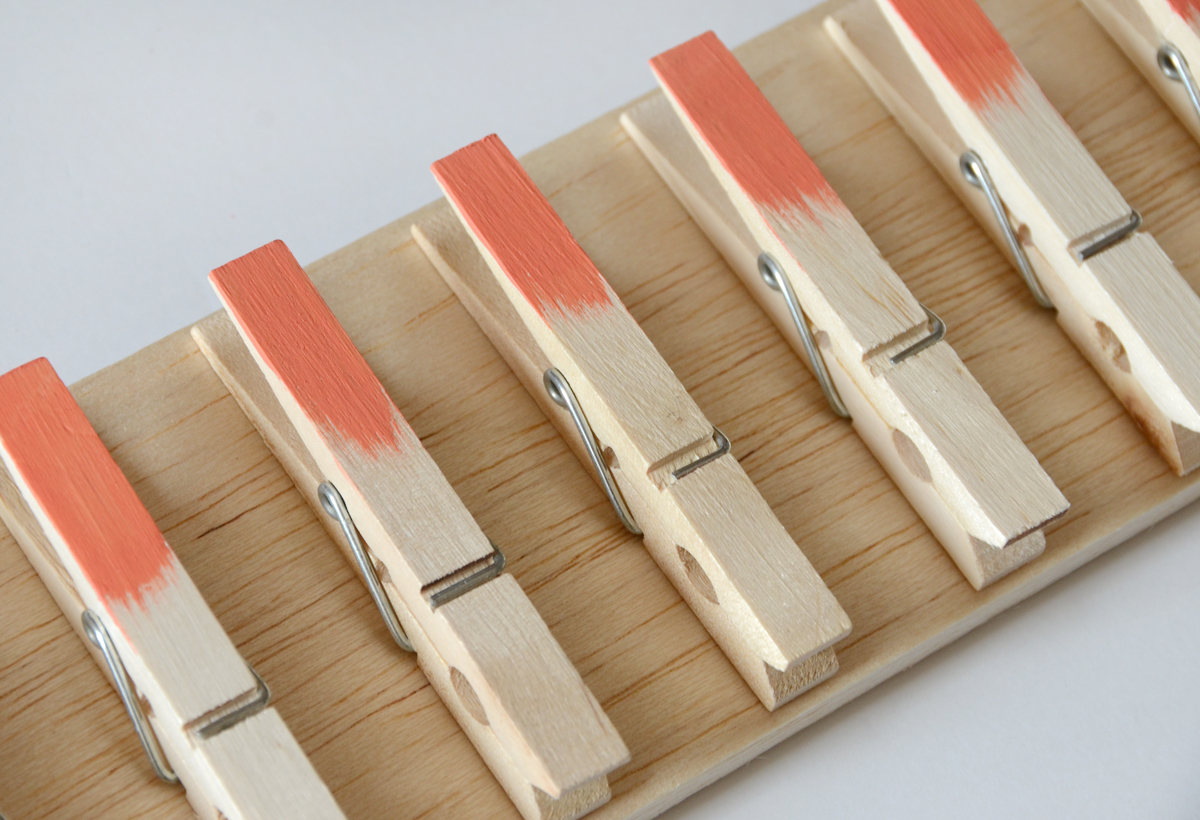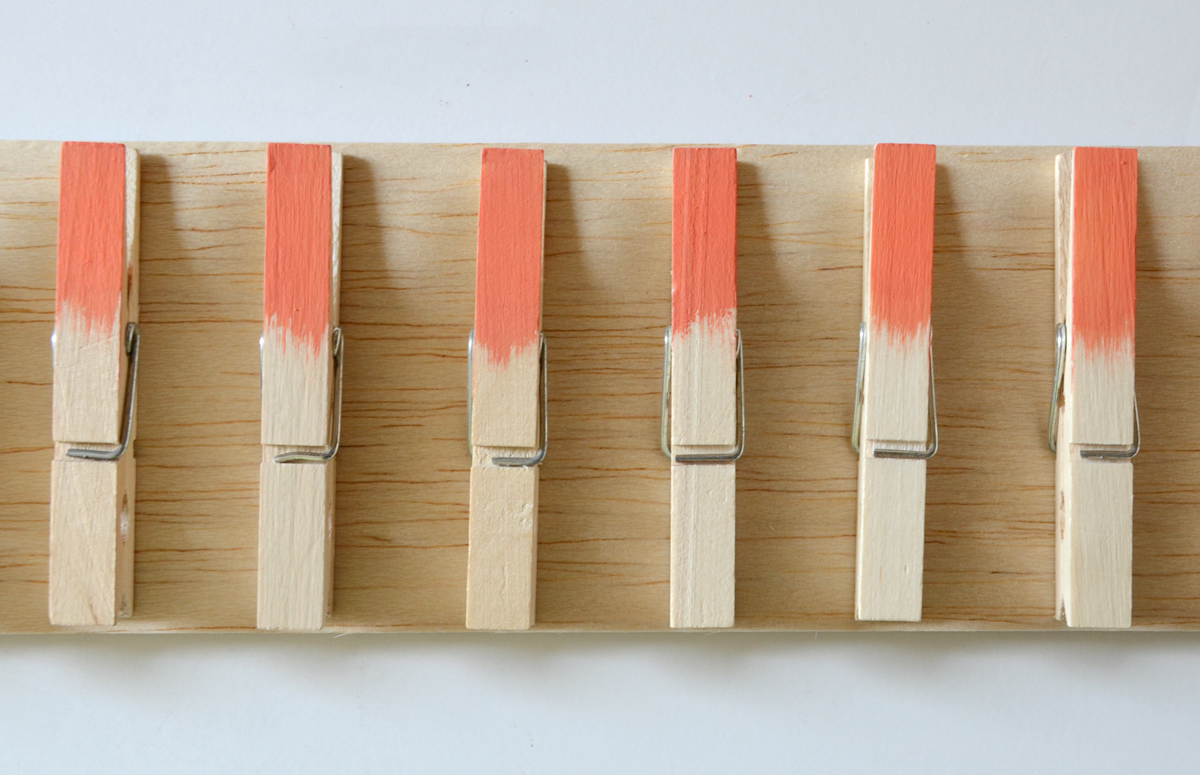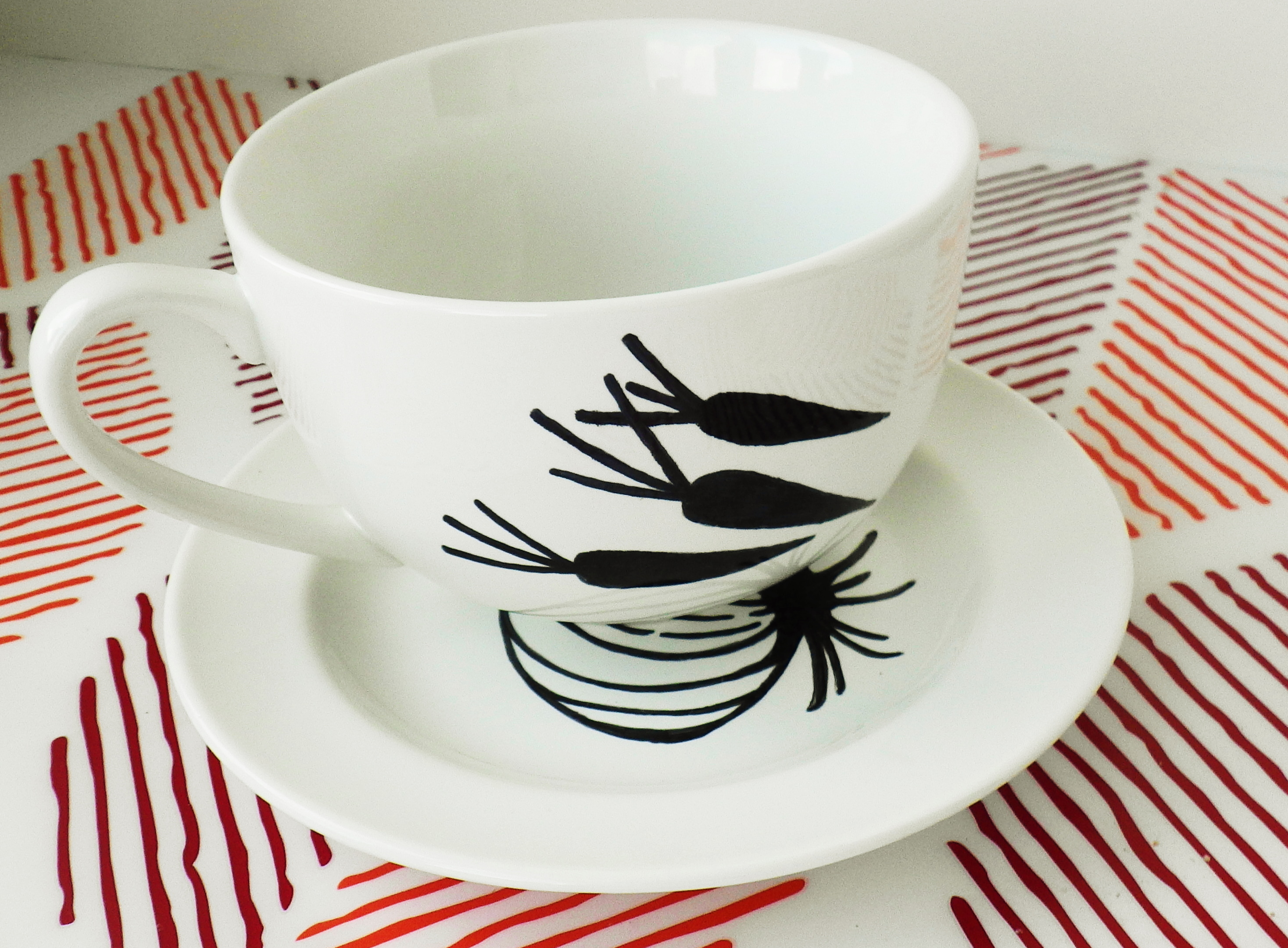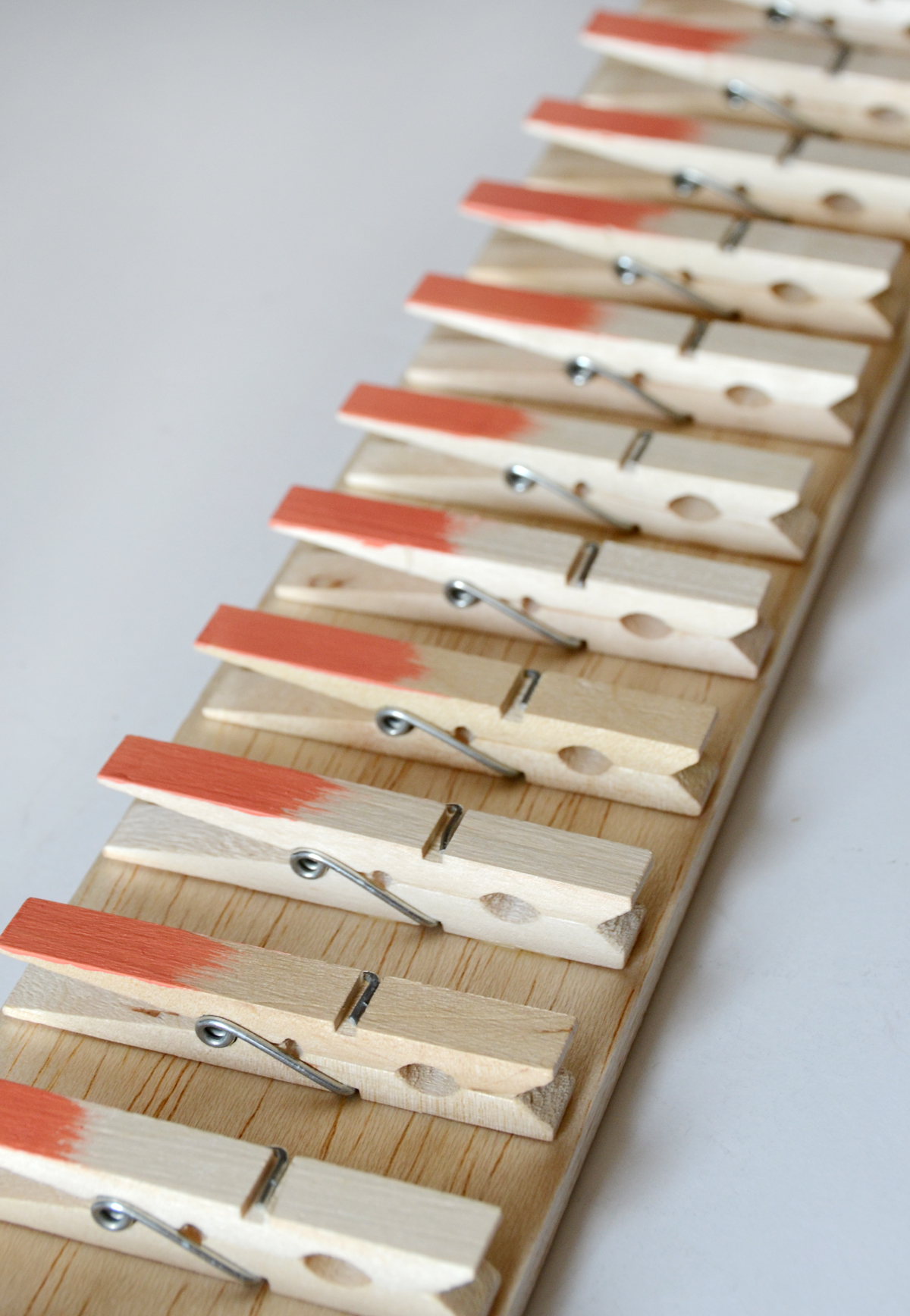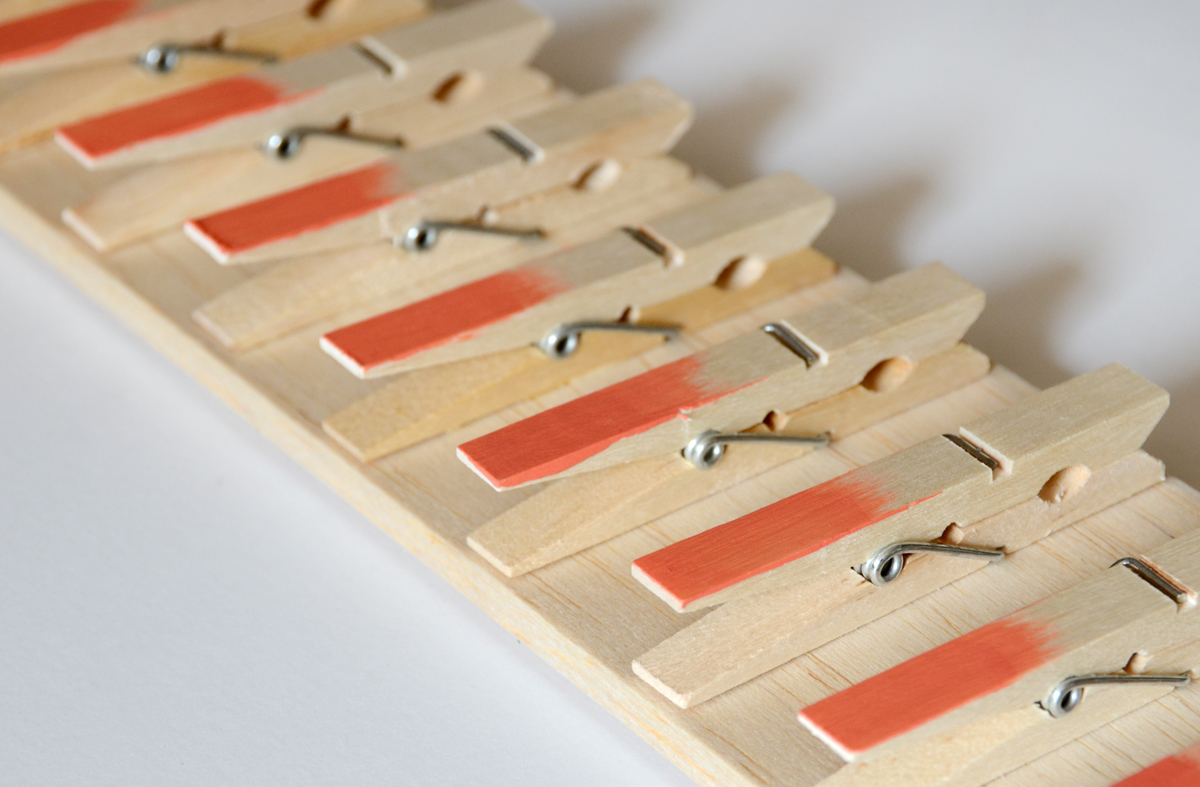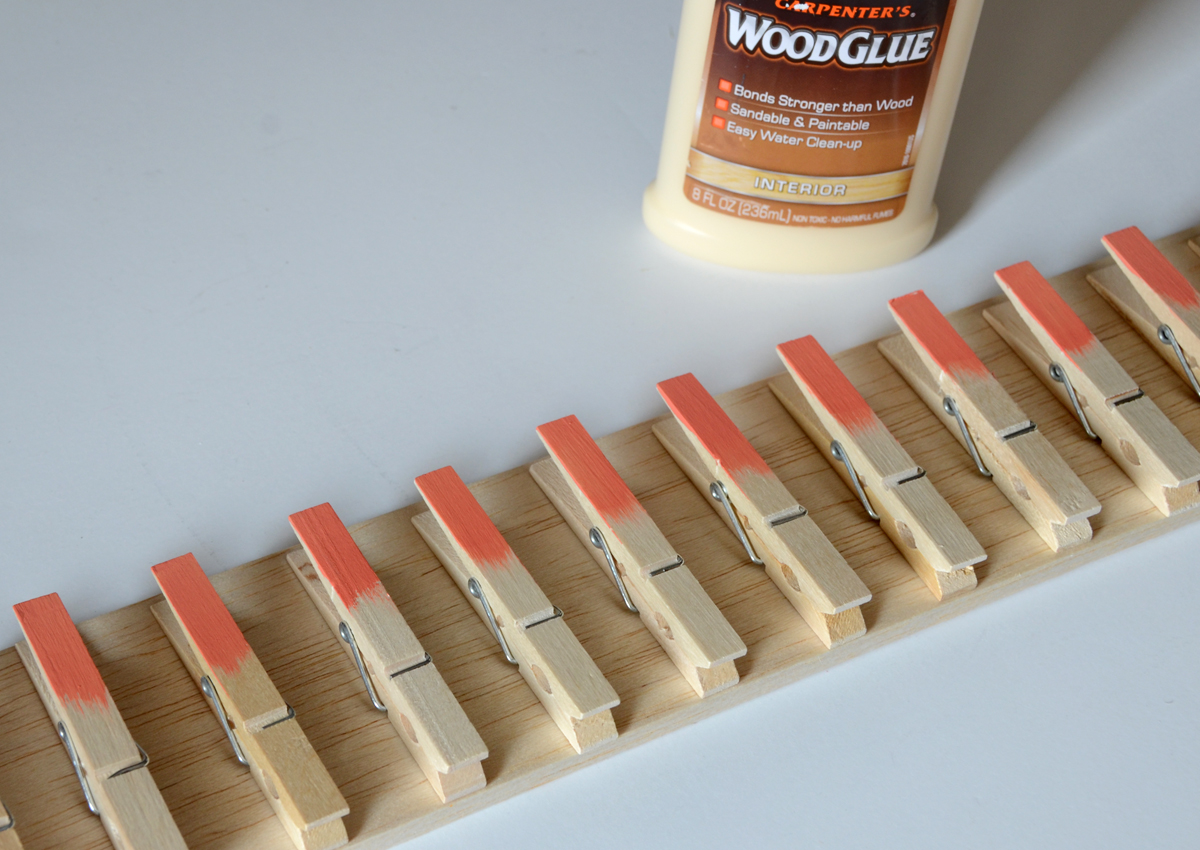Can You Freeze Bean Sprouts?
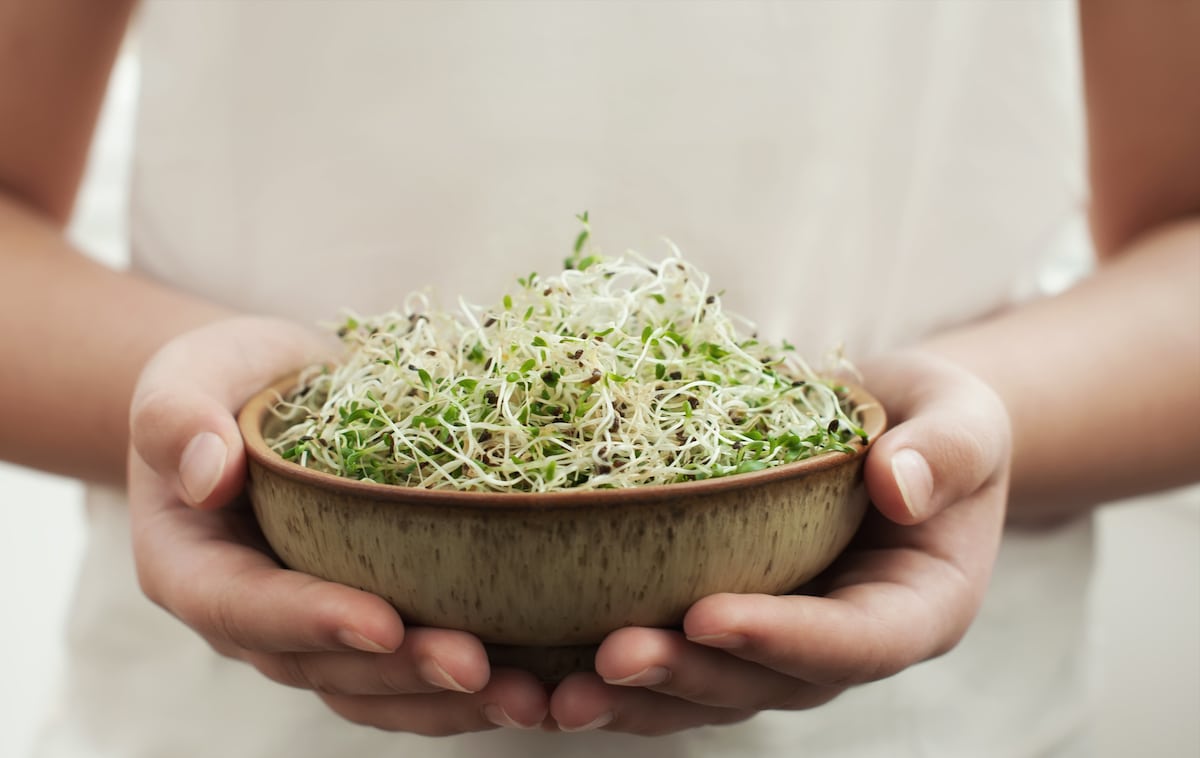
Bean sprouts are known for their health properties and satisfying crunch. There are so many different uses for this low-calorie snack, that it never hurts to have some on hand. Unfortunately, bean sprouts also have a short shelf life and should be used quickly for maximum freshness.
It is possible to freeze bean sprouts for up to a year. However, for best results, you need to blanch them beforehand.
Bean sprouts are famous for their fresh, crunchy, and crisp texture and flavor. Freezing them without a bit of preparation will leave the sprouts soggy and undesirable. Luckily, in this article, we’ve compiled everything you need to know about freezing bean sprouts!
Why Freeze Bean Sprouts?

Bean sprouts are an extremely versatile food with a lot of added benefits. Besides having high vitamin C concentrations, bean sprouts also aid in digestion, thanks to their high fiber content. They make great additions to soups, stir-frys, salads, sandwiches and are even great to have on their own. In fact, bean sprouts are one of the most popular low calorie, a-la-carte snacks you can eat.
When kept in the fridge, you can expect your bean sprouts to last for about 2-3 days. However, this time frame isn’t necessarily practical for every bean sprout lover. As these particular vegetables tend to sell in multi-family amounts, using all of them in one week can be challenging for smaller households.
It’s also important to account for how long they have been on the supermarket shelf. . Choosing an unlucky batch could result in a smaller time window before they start to go bad.
Freezing bean sprouts will save you the disappointment of dealing with a soggy mess in the fridge if they aren’t used in time. It also provides a way to have great sprouts on hand and ready whenever you need them.
How To Freeze Bean Sprouts Properly

The main concern with freezing bean sprouts is preventing the loss of their fresh crunchy texture. This textured aspect is one of the essential elements that bean sprouts introduce to the dishes they complement. Vegetables with high water content, like bean sprouts, will thaw into mush if they are not adequately prepared before going into the freezer.
The secret is to blanch the sprouts. For blanching, you want to submerge the sprouts into boiling water for a short period of time, and then move them into an ice bath to stop the cooking process.
In order to prepare the sprouts for blanching, start by bringing a pot of water to a boil on the stove. While waiting for the water to heat, wash the bean sprouts to remove any dirt or other potential contaminants. Once the bean sprouts are thoroughly cleaned, prepare a separate bowl of chilled water. Adding a few ice cubes to the chilled water is also a good idea.
Begin Blanching
Blanching is a swift process. You will want to make sure your bowl of chilled water is within a foot or so of your pot of boiling water so that you can allow the sprouts to cool quickly. To make the process more manageable, place the sprouts into a metal colander or strainer before adding them to the pot. As soon as the water is boiling, immerse the sprouts for 3 minutes.
Stop The Cooking Process
After 3 minutes, remove the sprouts from the boiling water and immediately submerge them into the chilled water bath. After 3 minutes in the chilled water bath, strain the bean sprouts and allow all of the excess moisture to drain off.
One excellent method, for removing the excess moisture, is to leave the sprouts in a strainer in the sink or to lay them out on a paper towel on the counter after they have been strained. Freezing the sprouts with too much excess water will make them thaw poorly, so it’s best to give them about an hour to cool and let the moisture drain off.
Packaging the Sprouts for the Freezer

The last step, before freezing the bean sprouts, is to pack them into a freezer bag or an airtight freezer-safe container. Bean sprouts bruise easily, so it is crucial not to overfill whatever storage method is chosen. Breaking the sprouts up into multiple small portions is the best way to avoid bruising.
Different Freezing Methods for Bean Sprouts
There are many different ways to store vegetables in the freezer, but some are certainly better than others. Today, most Tupperware and leftover storage containers are freezer safe, but if you have concerns, always check with the manufacturer.
Here, we’ll go through all of the safe freezing methods for bean sprouts, as well as how to properly use and store them.
The Sheet Pan Freezing Method

One method for freezing vegetables, with high water content, is the sheet pan freezing method. With delicate vegetables, like bean sprouts, this method can help preserve the integrity of the vegetable. Unfortunately, it does take more time, initially, and will also take up more freezer space.
To avoid a soggy mass of thawed bean sprouts, once they have been blanched, place the individual sprouts onto a sheet pan. Be sure to spread them out evenly, so that none of them are touching in a single layer. Next, put the covered, or uncovered pan into the freezer and wait until they have frozen.
After a few hours, the sprouts should be ready and can be transferred into a freezer bag or freezer-safe container. If you plan to leave the sprouts on the pan for longer than 3 hours, be sure to cover them first or they will suffer from freeze burn.
While freeze burn is not damaging to your health, it can change the flavor of your bean sprouts, making them unpalatable.
Freezer Wraps
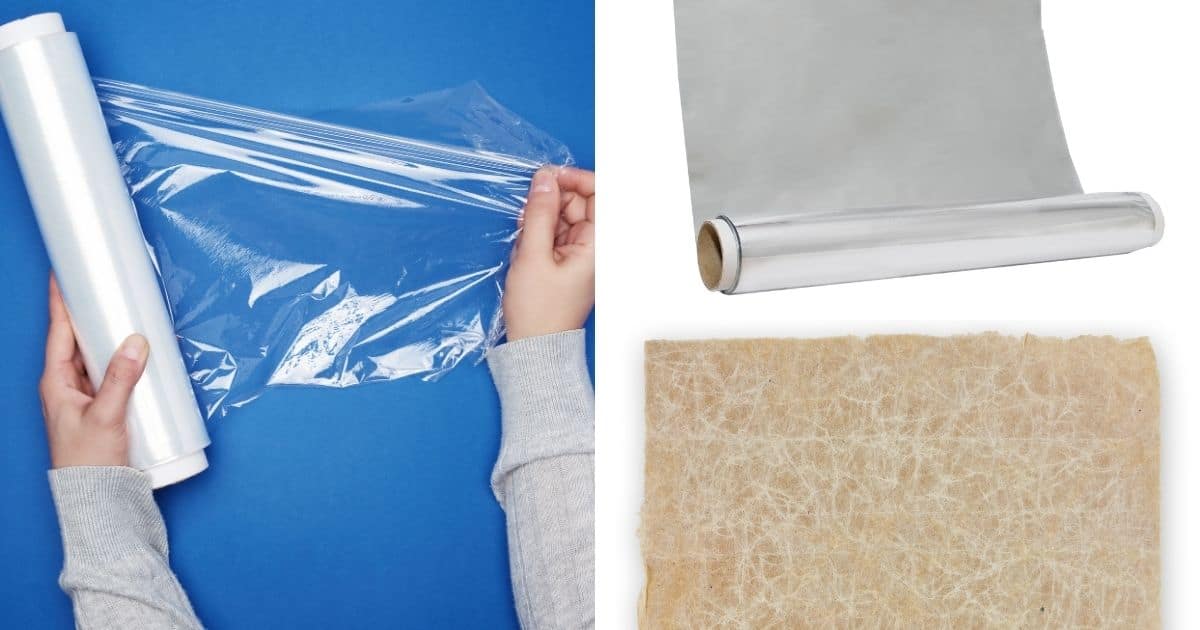
Freezer storage wraps typically come in foil, wax paper, or a cling style plastic wrap. These options can insulate food and stop excess frost from forming in the freezer, but they are not the best option for freezing vegetables.
Usually, storage wraps are reserved for hearty, solid foods like large cuts of meat, fish, or even loaves of bread.
Freezer Bags
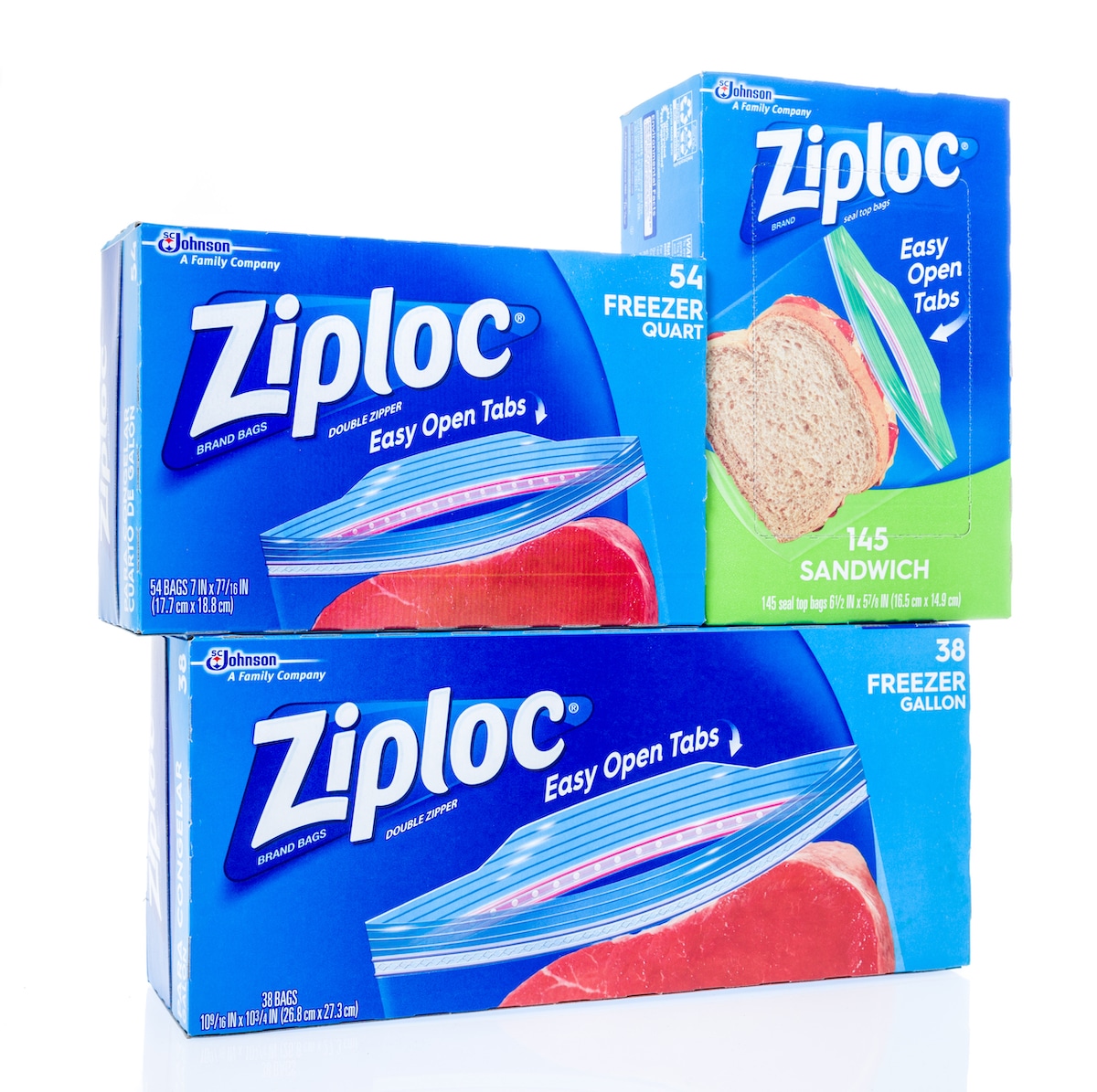
Zip-Top freezer bags are great for freezing virtually anything, from vegetables to fully prepared meals. They can even be used to freeze liquids, such as soup. Unfortunately, to use them well, especially when using them for freezing bean sprouts, you do need a bit of planning.
Freezer bags are not structured, so they tend to take on the shape of whatever is inside them and the position the contents are in when they freeze. If you choose to use freezer bags instead of the sheet pan freeze method, try laying the freezer bag flat, before placing your bean sprouts in the freezer.
This way, the sprouts won’t freeze in a clumped mass, and the bag will be in a more manageable shape to maximize your freezer storage space.
Glass Mason Jars

Many swear by glass jars for storing vegetables in the freezer. Usually, this is an excellent method, but not one that works well for bean sprouts, unless you freeze them individually on a sheet pan first.
Putting bean sprouts into a glass jar, without any prior freezing, will result in a mushy mess after they have thawed. Also, the jars tend to take up a lot of space. Another consideration with mason jars is the potential for broken glass in your freezer. That, coupled with the inefficiency of the jar’sability to properly freeze the bean sprouts, makes it the least appealing option.
Vacuum Sealers
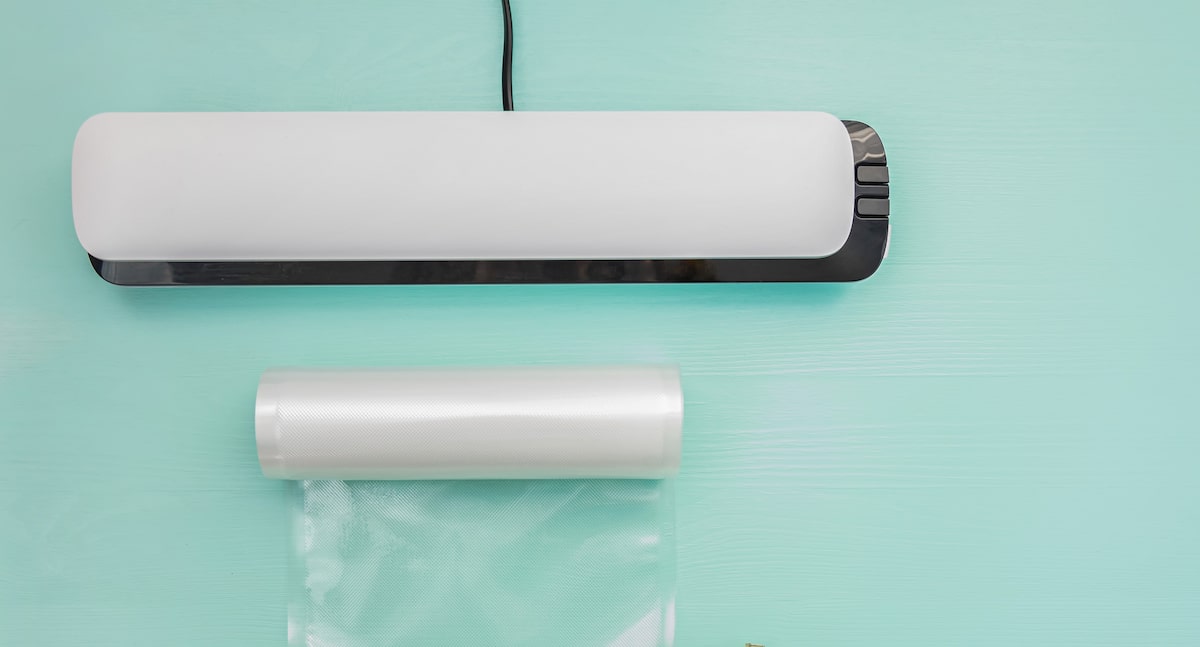
A vacuum sealerworks well for bean sprouts, but again,it’s best to incorporate vacuum sealing with the sheet pan freezing method.
Vacuum sealing, on its own, won’t ruin the effort of blanching, but it won’t provide the best results, either, as it can bruise the delicate shoots.
Food Storage Containers
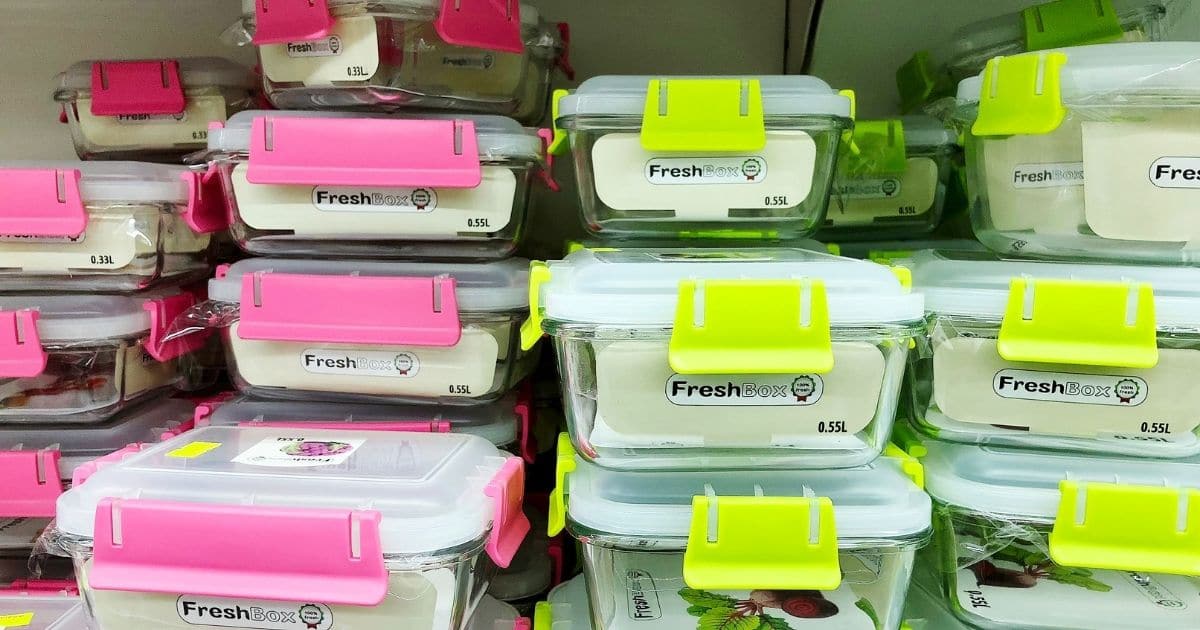
Whether Rubbermaid, Tupperware, Pyrex, or other brands, food storage containers are the best way to store bean sprouts. As with the other methods listed above, following the sheet pan method first will offer the best outcome.
However, even without pre-freezing on a sheet pan, the best choice is still a food storage container. As these containers offer structure and an airtight environment, they are perfectly suited for storing frozen bean sprouts. Just make sure that your container is clean and dry before putting it in the freezer.
Thawing Bean Sprouts

To defrost frozen bean sprouts, simply transfer them from the freezer to the fridge, and allow them to rest for about two hours.
For a quicker defrost time, place the frozen bean sprouts in a colander in the sink and rinse them with cold water for five minutes.
Conclusion
Long term storage options for fresh foods are more popular now than ever before. Healthy, whole foods are vital to our diet and help improve heart health, increase energy levels, and boost the immune system.
It is not always easy to have fresh produce on-demand, and there is nothing more frustrating than buying something new from the supermarket, only to find it unusable a week later. Knowing how to properly store fruits and vegetables in the freezer, helps eliminate both of these problems.
Many people are not comfortable with freezing vegetables, especially ones with high water content, because they tend to defrost in an unpleasant way.
However, with a bit of preparation, most fruits and vegetables can be frozen and their use time extended by months. For the best results, always try and freeze vegetables as early as possible. If you don’t think you will use a whole bag of fresh bean sprouts, set half aside and freeze them right away.
If the end of the week comes, and you have some bean sprouts leftover, you can freeze those too. With that being said, you will likely see the difference that a few days can make once they have thawed.
Ensure that you use clean storage containers and trim off any unwanted parts of the vegetables you are freezing, before beginning the blanching process. You should also thoroughly wash any fruits or vegetables you intend to freeze.
Mastering the art of preserving fresh fruits and vegetables opens up numerous options for cooking and eliminates waste. It will also make life easier, as you will always have high-quality products available to work with, even when you haven’t had time to go to the supermarket.
Frozen and thawed vegetables will never be exactly the same as their fresh counterparts, so it helps to plan accordingly. Using thawed bean sprouts in soups, stir fry, and other cooked dishes will often work better than using them raw.
